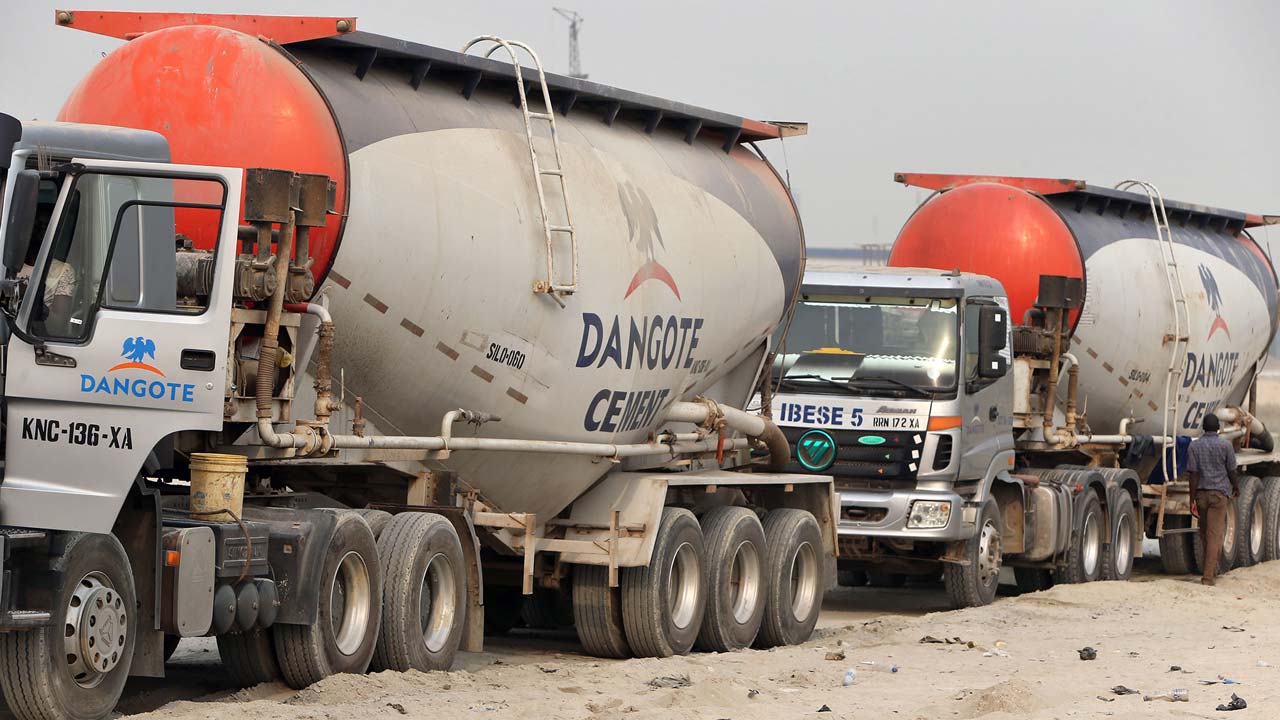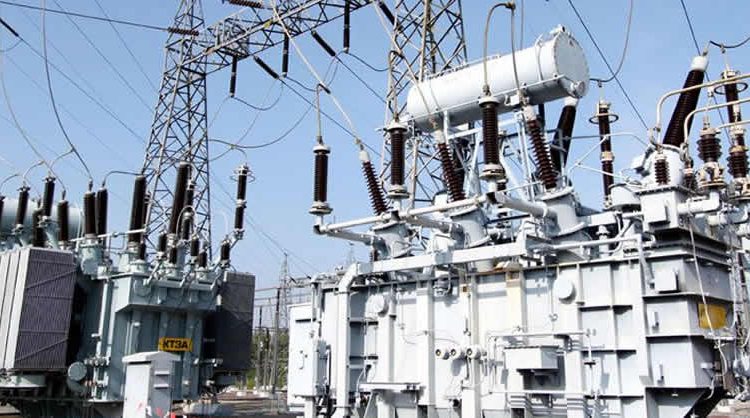The cement industry is responsible for seven per cent of global carbon emissions, according to Arvind Pathak, Group Managing Director of Dangote Cement Plc.
He said this at the 12th Africa Cement Trade Summit in Abidjan, Cote d’Ivoire, recently.
He said, “The cement industry, which provides a vital material to meet Africa’s infrastructure deficit, generates seven per cent of the world’s CO2 emissions as the cement value chain involves the intensive use of energy for raw materials’ mining, crushing, mixing, drying, firing, clinker grinding, packaging and dispatch to customers.
“Cement production is an energy-intensive process which consumes thermal energy of about 3.3GJ/tonne of clinker produced, and its electrical energy consumption is in the region of about 90 – 120kWh /tonne of cement.”
That, he noted, placed a critical demand on fuel sourcing and controlled energy usage, as almost every stage of the cement value chain produced CO2 emissions, with the bulk of emissions emanating from the firing process during clinker production in the kiln.
“From being the world’s largest bulk cement importers to self-sufficiency and now net exporters of cement to other countries, it is, therefore, not unexpected that Dangote Cement is one of the pioneer African companies in decreasing CO2 emissions through a fuel substitution strategy. Through reporting, Dangote Cement responds to the evolving environmental and social challenges by disclosing investment priorities and progress on projects that address the issues.
“We also leverage sustainability reporting to ignite market growth. As part of this commitment, we began reporting in 2020 and received an initial rating of C on climate change. As the company’s actions improved, we rose to a B- and then achieved a B+ rating in 2022,” Pathak added.
While delivering a paper titled “Utilisation of Alternative Fuels as a Strategy for Sustainable Cement production in Africa” at the summit organised by the Singapore-based Centre for Management, Pathak noted that decarbonisation was no longer an option but a necessity.
According to Pathak, the use of alternative fuels, such as municipal, agricultural, and industrial wastes, in the place of fossil fuels, has been effective in emissions reduction.
The Dangote Cement boss, who was represented by the Group’s Head of Sustainability, Dr Igazeuma Okoroba, mentioned that alternative fuel as opposed to fossil fuels emitted less CO2 when combusted and that agricultural biomass were known to be carbon neutral.
He noted that with the level of cement consumption worldwide reaching 4.2 billion tonnes in 2020 and as the population was projected to grow by 12 23 per cent in 2050 due to rapid urbanisation, the demand for cement would also grow.
He, therefore, stressed the need to prioritise the inclusion of alternative fuels in the fuel mix to address climate change concerns.
He added that businesses must set clear and detailed short-, medium-, and long-term targets and decarbonisation strategies for each transition target.
“Indications are that companies that are likely to thrive in this new wave of climate consciousness are not only decarbonising but also thinking about how to shift the business into faster-growing areas.
“Our board maintains oversight over sustainability reporting, which is essential for corporate success. Through this reporting, Dangote Cement responds to evolving environmental and social challenges by disclosing sustainability commitments and actions.
“As part of this commitment, we began reporting to the CDP in 2020 and received an initial rating of C on climate change. As the company’s actions improved, we rose to a B- and then achieved a B+ rating in 2022,” he explained.
According to Pathak, Dangote Cement is one of the pioneer African companies in decreasing CO2 emissions through a fuel substitution strategy.
“This initiative focuses on substituting fossil fuels by using alternative fuels. The consequences of this strategy are already visible. Biomass and alternative fuels are said to have a lower environmental impact compared to conventional fuels but may produce some emissions,” he added.
While admitting that the emissions challenge would tarry in the industry for a while, Pathak expressed optimism that the cement industry would continue to contribute to tackling climate change, besides the consequential benefit of CO2 emission abatement.
He noted that as urbanisation contributed to an increase in waste generated, Sub-Saharan Africa had been predicted to become the prevalent region globally in terms of total waste generation if the current trend persists.
He asserted, “The Stockholm Convention on Persistent Organic Pollutants, which is a global treaty to protect human health and the environment from highly dangerous chemicals, describes the firing hazardous waste in cement kilns as the best available technique for treating dangerous waste because most cement kilns possess the conditions and equipment to treat hazardous waste. This is where Dangote Cement provides the solution to Africa’s waste problem.
“Beyond the management of Africa’s waste, AF is a lever to decarbonise cement manufacturing processes. Regarding cost and policies in Africa, other options are improving the energy mix with increased use of transitional fuels, efficiency in cement production, design optimisation, and decarbonisation via CO2 sinks, such as reforestation and renewable energy for power generation.”






2 Comments